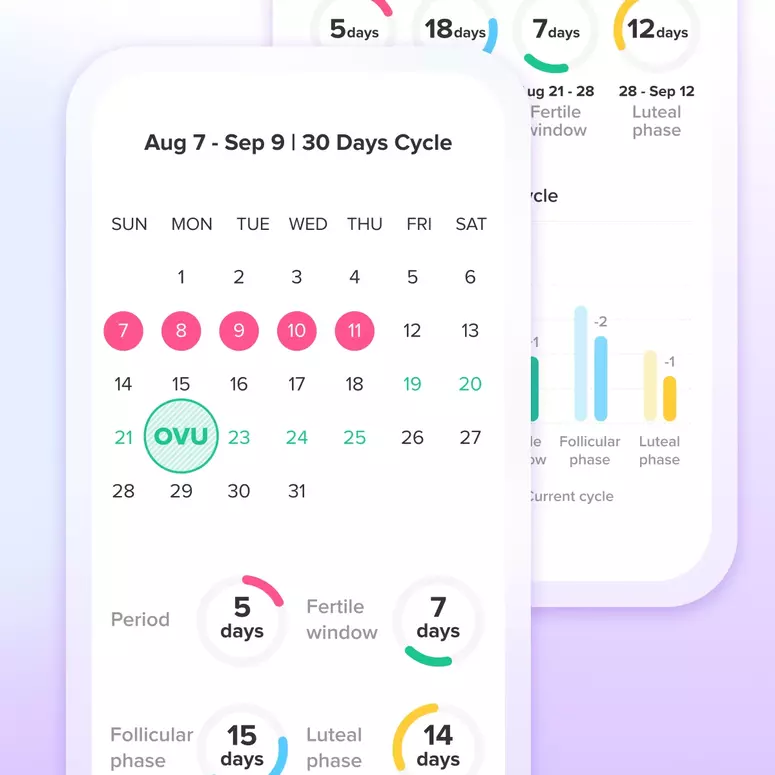
- Are menstrual cramps common in women?
- Yes, they occur in 50-90% of women of reproductive age, particularly in young women. Usually menstrual cramps become less painful as you get older.
- What causes menstrual cramps?
- Menstrual cramps are caused by prostaglandins which regulate the process of inflammation, blood flow, blood clot formation and childbirth labor. Prostaglandins are secreted by the inner lining of the uterus during menstruation.
- What are the pain qualities of menstrual cramps?
- The pain qualities of menstrual cramps, arisen from uterine contraction, are characterized by:
- Irregular pain pattern
- Frequent uterine contraction at 4-5 times every 10-minutes
- Progressive pain from mild to intense
- Similar to labor pain but less severe
- The pain qualities of menstrual cramps, arisen from uterine contraction, are characterized by:
- What are the risk factors for severe menstrual cramps?
- Smoking
- Stress
- Drink alcohol during period (alcohol tends to prolong menstrual pain)
- Overweight
- How many types of menstrual cramps are there?
- Medically, menstrual cramps or dysmenorrhea are categorized into 2 types.
- Primary dysmenorrhea:
- Occurs during the menstrual period only
- Occurs briefly and resolves within 12-72 hours
- Secondary dysmenorrhea:
- Starts before menstruation or persists afterwards
- Pain progressively more severe when you get older.
- Often accompanied by other symptoms such as irregular menstruation, pain
- Outside of menstrual period, nausea, vomiting, headache and infertility.
- This type of pain often has an underlying condition such as endometriosis. In this case, please seek medical attention.
- Do menstrual cramps signify any underlying diseases?
- If the pain is primary dysmenorrhea, no medical attention is required. But if it is secondary dysmenorrhea or you never experience the pain before and you start to feel the pain as you get older and the pain worsens, there may be underlying conditions such as:
- Endometriosis of the ovaries, also known as chocolate cyst
- Endometriosis of the uterine muscle
- Uterine fibroid
- Pelvic Inflammatory Disease (PID), etc.
- If the pain is primary dysmenorrhea, no medical attention is required. But if it is secondary dysmenorrhea or you never experience the pain before and you start to feel the pain as you get older and the pain worsens, there may be underlying conditions such as:
- What kind of pain killer is suitable for menstrual cramps? Are there any side effects from long-term use?
- Common medications for menstrual cramps are:
- Paracetamol: It is a universal pain killer for any types of pain, including menstrual pain. It can relieve 50 % of the pain. If not overdosed, there rarely are side effects. The recommended dosage is 500 mg (1-2 pills, depending on your weight), every 6 hours.
- Non-steroidal anti-inflammatory drugs (NSAIDs): There are many types of NSIADs, but the recommended one is mefanamic acid. The recommended initial dosage is 500 mg, followed by 250 mg every 6 hours if needed. Take Ponstan during your menstruation but not longer than 3 days. Possible side effect is inflammation of the stomach; hence, it should be taken after meal.
- Common medications for menstrual cramps are:
- When menstruation cramps are severe, what should I do?
- Please see a doctor for proper diagnosis to ensure that there are no underlying conditions.




